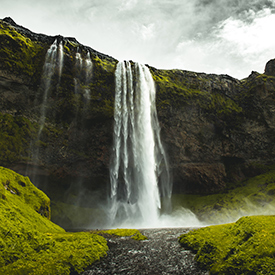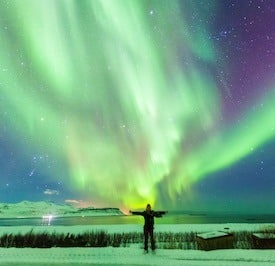Iceland is often referred to as “The Land of Fire and Ice” due to its geological extremities. While it has some of the largest glaciers in Europe, it is also home to the world’s most active volcanoes. Iceland’s varied climate and extreme landscapes make it the ultimate travel destination for nature lovers. The country is filled with hot springs, lava fields, geysers, canyons, glaciers, and surrounded by ocean.
While the country will leave you in awe, you don’t want to risk damaging your electronics due to bringing the wrong equipment. Use this quick guide to learn the basics of Iceland’s power grid and the best adapter to use, plus awesome packing list additions and FAQs!




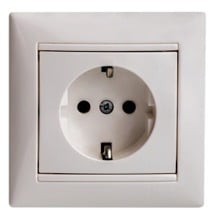
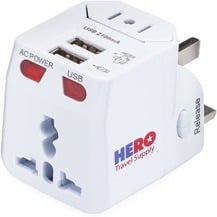
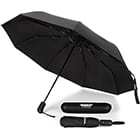
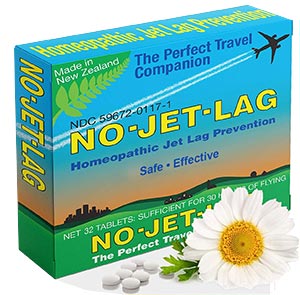



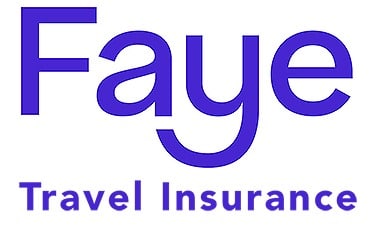
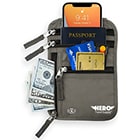
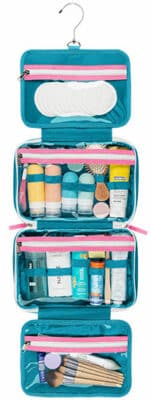
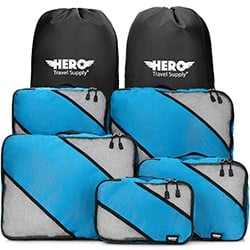
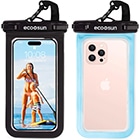


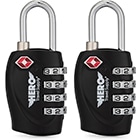

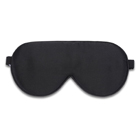

 One of the unique features of Iceland is that it produces all its electrical power through renewable energy. Iceland uses a combination of hydroelectric, geothermal, and wind power! 75% of electricity production in Iceland is derived from hydropower, making hydro Iceland’s main source of clean energy. A report by the United Nations states, “Iceland is a strong example of how renewable energy can power a modern economy.”
One of the unique features of Iceland is that it produces all its electrical power through renewable energy. Iceland uses a combination of hydroelectric, geothermal, and wind power! 75% of electricity production in Iceland is derived from hydropower, making hydro Iceland’s main source of clean energy. A report by the United Nations states, “Iceland is a strong example of how renewable energy can power a modern economy.”